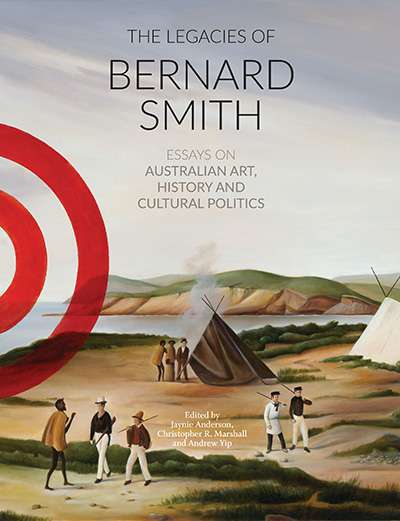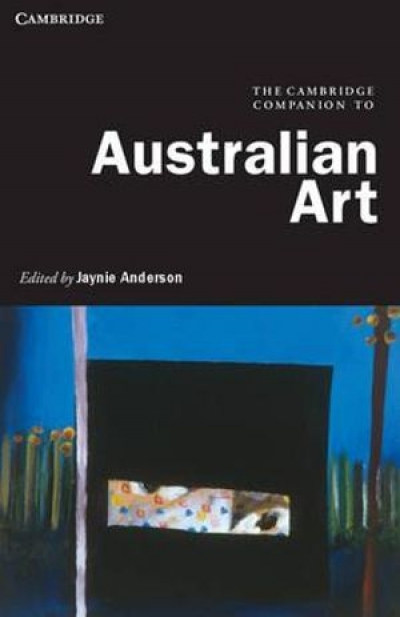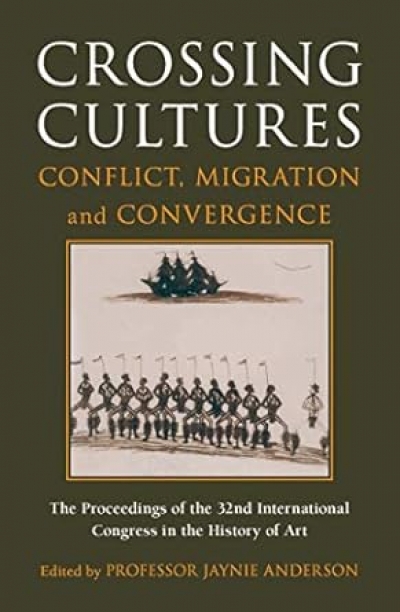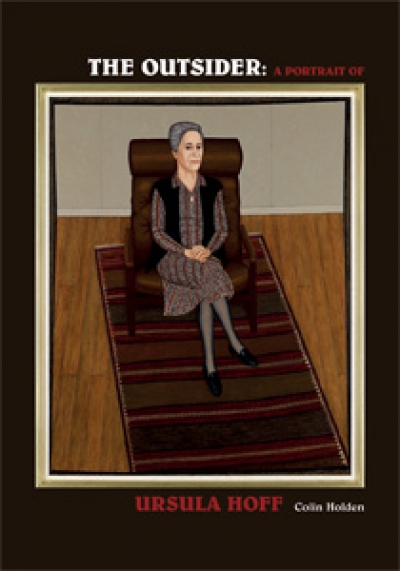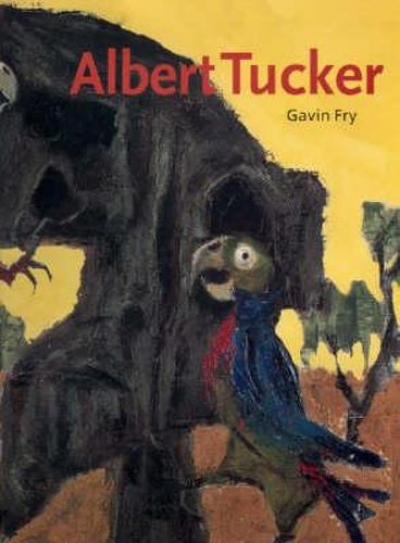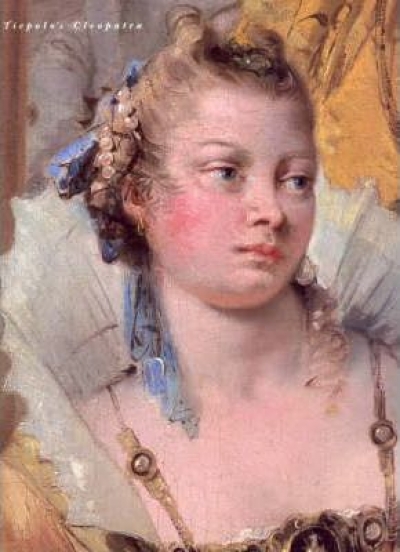Jaynie Anderson
The Legacies of Bernard Smith: Essays on Australian Art, history and cultural politics edited by Jaynie Anderson, Christopher R. Marshall, and Andrew Yip
The Cambridge Companion to Australian Art edited by Jaynie Anderson
Crossing Cultures: Conflict, migration and convergence. The proceedings of the 32nd International Congress of the History of Art edited by Jaynie Anderson
The Outsider: A Portrait of Ursula Hoff by Colin Holden
Calling for a revolution in higher education
Dear Editor,
In his victory speech on 24 November 2007, Kevin Rudd reaffirmed education as a key priority for the future of this country. We believe that a true education revolution must include a new wave of higher education reform - reform that will redress the imbalances that have characterised the sector of the last decade or more. Such reform should redirect resources back into the core university activities of teaching and research. We urge immediate attention and commitment to the following:
... (read more)As convenor of the 32nd Congress of the International Committee of the History of Art (January 2008), I have become increasingly aware of what others want to know about Australia and of the gaps in our agenda. It is equally clear that there is much that we do very well that is not yet recognised internationally.
... (read more)An exhibition with considerable radical chic, Cook’s Pacific Encounters, currently at the National Museum of Australia, Canberra, has stimulated a series of cross-cultural debates at an international conference on the collections made by Captain James Cook and his fellow voyagers (arranged by the Centre for Cross-Cultural Research, Canberra, on July 28). Although there were several centuries of European exploration of the Pacific before the British, the importance of Cook’s voyages was unparalleled before or after. The collection on display in Canberra, primarily assembled by two German scientists, Johann Forster and his son Georg, who accompanied Cook on his second Pacific voyage, is on loan from the University of Göttingen. Like many university collections, it is well conserved and published, but rarely seen. Other parts of the Forster collection are distributed around the globe, the principal holding being at the Pitt Rivers Museum, Oxford.
... (read more)
